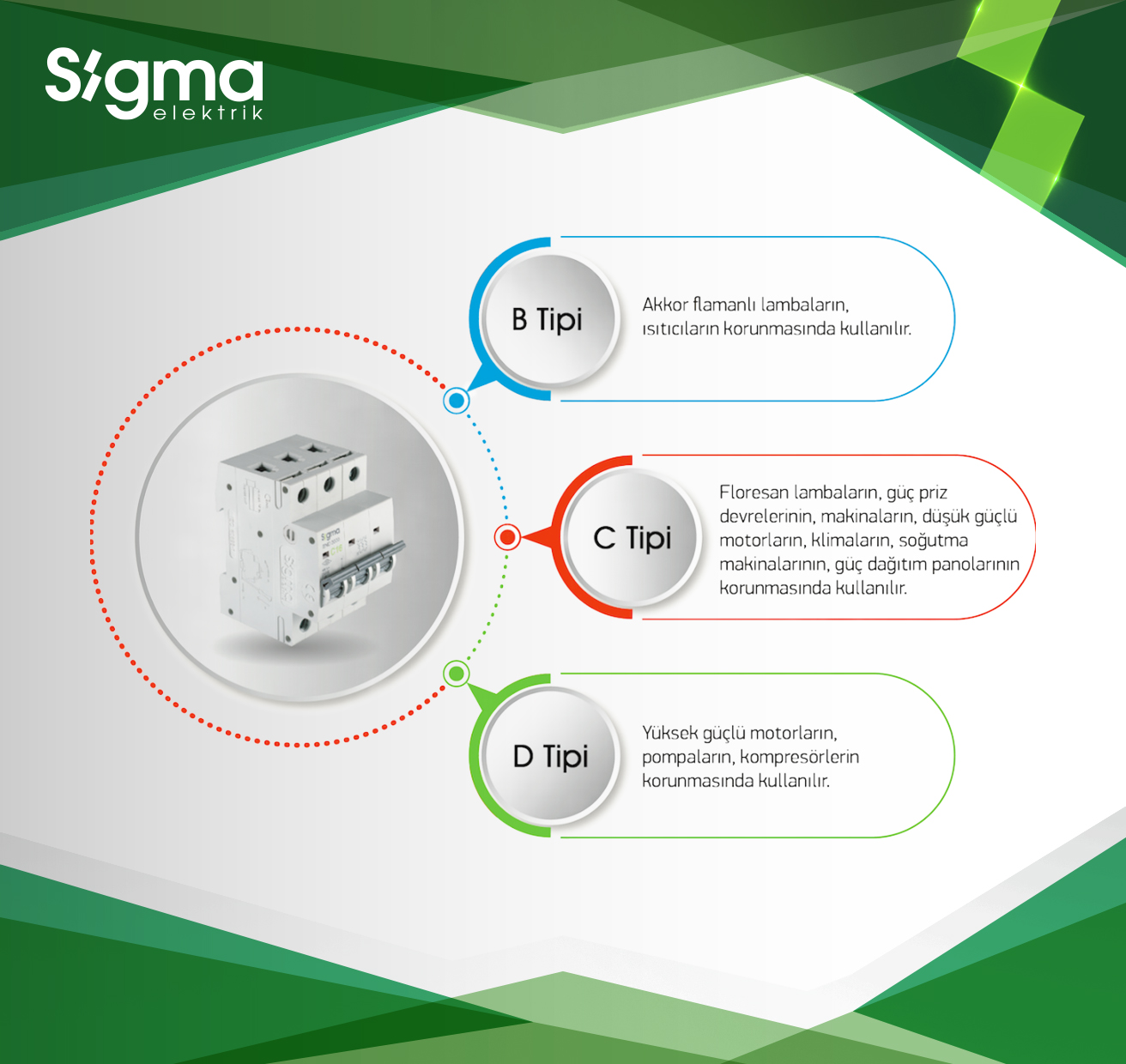
Extreme currents may cause great damage to electrical systems. There are various protection elements to protect them from these risks. Insurances are devices that protect against excessive currents mounted on the electrical installation. If an electrical system does not have an insurance or circuit breaker and excess device is operated in a single circuit, the cable bearing the power of that circuit is overheating, short circuit occurs and may cause fire. Automatic fuses and cylindrical cartridge fuses are one of the protection elements in the insurance class. Automatic fuses and cylindrical cartridge insurances are used to protect electrical systems against excessive currents, but they contain many basic differences. How to select these products is about knowing the basic differences and the structure of the electrical system to be used.
Automatic Insurance (W automat)
In case of overload current of automatic insurances, the response time is short. Thus, in case of overload current, it can provide more precise protection, while the cutting capacity is smaller than cylindrical insurance. It provides protection with thermal and magnetic troops against over -currents and can be used repeatedly when disabled due to over -currents. It can be mounted on DIN RAY as modular
cylindrical cartridge fuses
In case of a short circuit, the response time is quite short compared to automatic insurance. Thus, the electrical installation and the devices connected to the installation are more precisely protected against short circuits. The cutting capacity is high and it provides protection against over currents by melting the wire with the heat effect. However, the cylindrical cartridge insurances that are disabled by exposure to excessive current must be replaced with a new one, they cannot be used again and again. Cylindrical cartridge fuses should be used in the cylindrical cartridge insurance slot.

